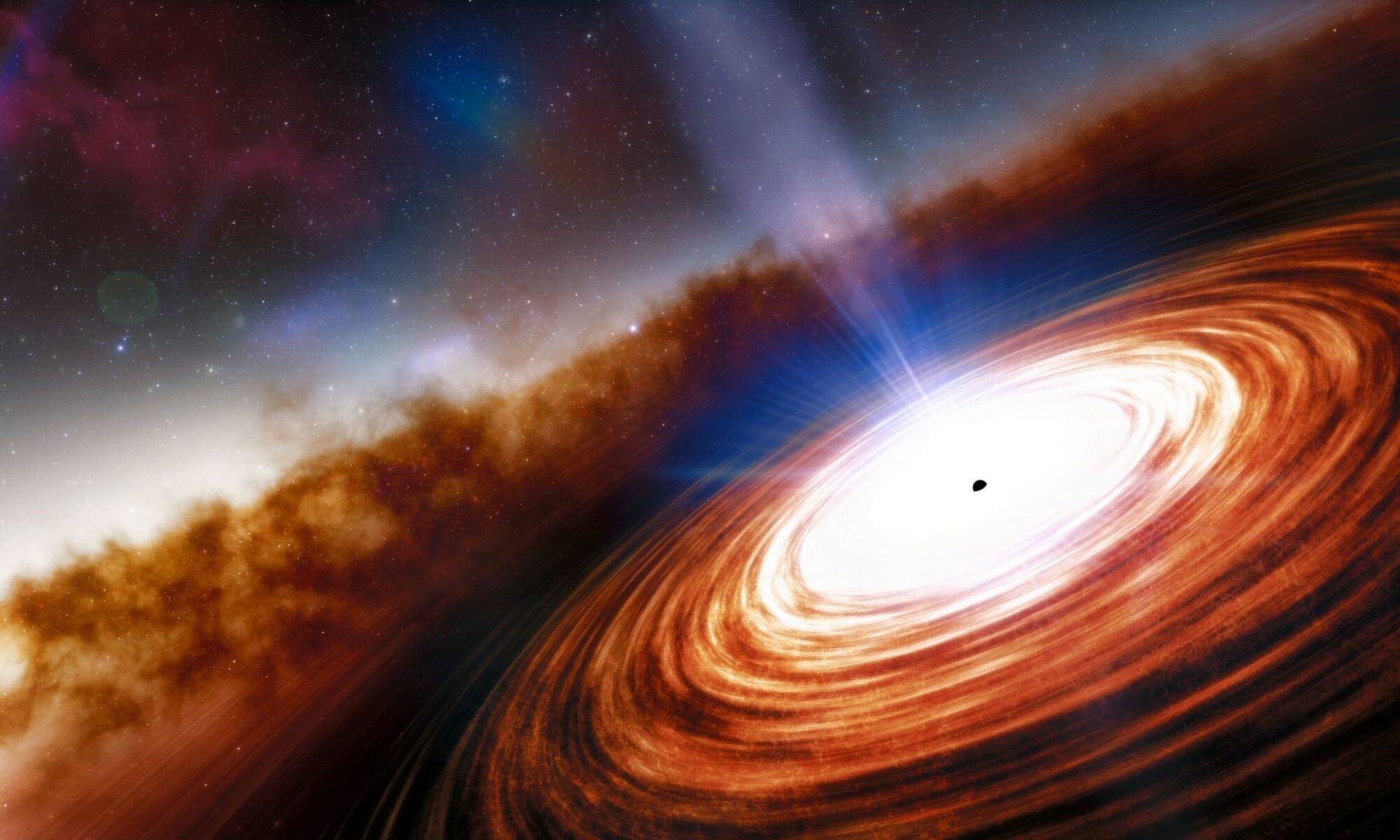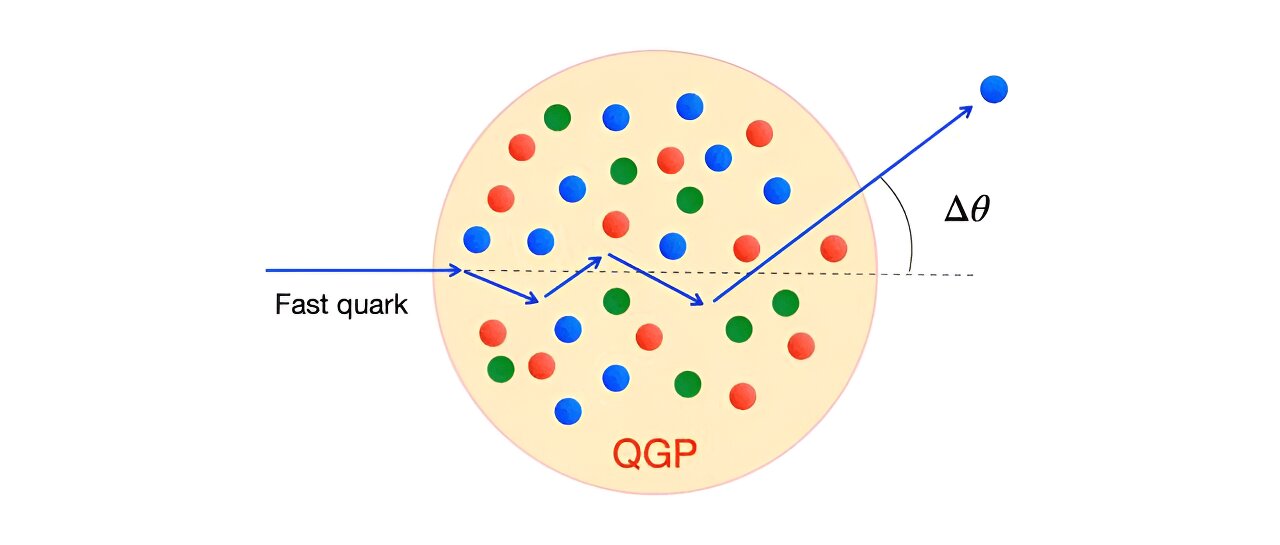Did you know that nearly every galaxy in the universe contains a supermassive black hole? Yes, even galaxies that are billions of light years away! These massive gravitational beasts form early in the development of a galaxy, possibly even acting as the gravitational seeds around which a galaxy forms. But here’s the catch – astronomers are still uncertain about how these incredible phenomena first appeared.
There are two intriguing theories. The first, known as the light seed model, suggests that massive stars in the dense central region of a new galaxy live their short lives and eventually transform into black holes. These stellar-mass black holes then gradually merge, eventually building up to a supermassive black hole over time. The second theory, known as the heavy seed model, proposes that dense gas and dust in a young protogalaxy directly collapse to form a black hole with an initial mass of 100,000 suns or more. As the galaxy matures, it develops around this massive black hole.
The heavy seed model could explain why we observe numerous large black holes in young galaxies. However, it does raise concerns as it violates what is known as the Eddington limit. As matter collapses to form a star or black hole, it heats up, and the resulting light and pressure push back against gravity. While gravity eventually prevails, it takes time. On the other hand, the light seed model doesn’t violate the Eddington limit, but it fails to explain how early black holes grew so rapidly. With limited observational data, astronomers have relied on variations of these theoretical models, which have yielded inconclusive results.
In a groundbreaking study, a team of astronomers discovered an early black hole that supports the heavy seed model. This extraordinary black hole is a quasar called UHZ1. Quasars are powered by active supermassive black holes, and their luminosity provides insights into their mass. Based on the brightness of UHZ1, it is estimated to have a mass of about 40 million suns, possibly even 70 million suns. The quasar has a redshift of z ~ 10.3, indicating that we observe it at a time when the universe was just 400 million years old. This was during the cosmic dark ages, when the first stars were beginning to form.
Remarkably, UHZ1 became supermassive in a cosmically short period of time. The gradual process of merging stellar-mass black holes is unlikely to generate such a massive black hole within that timeframe. The authors of the study caution against jumping to conclusions, as this is only one example of an early supermassive black hole. Nevertheless, it is the most compelling evidence to date for the heavy seed model.
,,,








